V311B battery tester (12V), mainly for testing the car 12V battery, to judge the car battery usage;
Mainly include data information: voltage, rated value, measured value, internal resistance value, service life, remaining power, combined with test results to evaluate battery performance
Product parameter:
Product name: 12V battery tester
Product model: V311B
Main control chip: APM32F103VCT6
Appearance color: blue
Interface type: a pair of reverse black and red alligator clips, cable length 1 meter
Shell material: ABS
Packing: carton packaging for neutral products
Display: 2.8 inch TFT color screen, resolution: 240*320
Working voltage: 9~18V
Measurement standards: CCA, JIS, GB, SAE, MCA, CA, DIN, IEC, EN, BCI
Measurement type: ordinary battery, AGM flat plate, AGM winding, GEL, EFB
Product size: 156*88*24mm
Measuring range:
CCA: 100-2000A.
BCI: 100-2000A.
CA: 100-2000A.
MCA: 100-2000A.
JIS: 26A17-24SH52.
DIN: 100-1400A.
IEC: 100-1400A.
EN:100-2000A.
SAE: 100-2000A.
GB: 10-250Ah.
Product advantages and selling points:
1. Support fast and standard test mode selection
2. Support battery test under starting and charging status, test and display battery voltage, rated value, measured value, internal resistance value, service life, remaining battery parameter information
3. Support viewing battery waveform analysis
4. Support picture saving and printing function
5. Support multiple modes and standard tests, can quickly evaluate the performance of the vehicle battery, and display the results;
6. Support nine languages English, Chinese, Portuguese, Italian, French, German, Spanish, Polish, Russian
7. Support picture saving and USB printing
8. Test for car 12V battery, compatible with ordinary lead-acid battery, AGM flat battery, AGM spiral battery, GEL, EFB
Product parameter information description:
1. Voltage:
The current voltage value of the battery measured;
2. Rated value:
The nominal value on the battery, such as SAE? ? ? CCA (cold start current value), GB? ? Ah (capacity value);
You need to input the value on the battery label to the tester and select the corresponding test standard;
3. Measured value:
The current value measured and evaluated by the detector, such as? ? ? CCA,? ? ? Ah;
It is the difference between the nominal value and the measured value;
Generally, the measured value of a new battery will be close to the nominal value. The longer the battery is used, the worse the aging, and the lower the measured value will be;
4. Internal resistance:
The internal discharge resistance value of the battery varies with the brand, process, type, current temperature, and duration of use of the battery;
The better the performance of the general battery, the lower the internal resistance value;
5. Life:
The value calculated based on the evaluation of the rated value and the current state of the battery reflects the degree of aging of the battery and the percentage of life remaining;
6. Remaining power:
The value calculated according to the current state of the battery indicates how much power is left in the battery. A full charge is 100%;
Similar to the number of bars displayed on the phone;
7. The starting voltage has a downward trend and is lower than 11V, it also shows that the starting voltage is normal. Which state is abnormal?
The car battery will go from low to high in an instant when it starts. Generally, when the battery is lower than 8.5V, the car battery will not catch fire. 10.5V cars will give an alarm, and some cars will give an alarm at 11V. Most The alarm is about 10V, so 11V is the normal offline value;
Interpretation of measurement standards:
CCA: The most commonly used value of cold start current, the specifications are specified by SAE&BCI, which is the most commonly used rating for starting batteries at 0°F (-18°C);
BCI: International Battery Council Standard;
CA: 0 ℃ effective starting current rating;
MCA: Marine battery standard, the effective starting current rating at 0℃;
JIS: Japanese Industrial Standard is displayed as a combination of numbers and letters on the battery, for example: 55D23, 80D26;
DIN: Standard of the German Automotive Industry Council;
IEC: International Electrotechnical Commission standard;
EN: European Automobile Industry Association Standard;
SAE: American Society of Engineers standard;
GB: China National Standard;

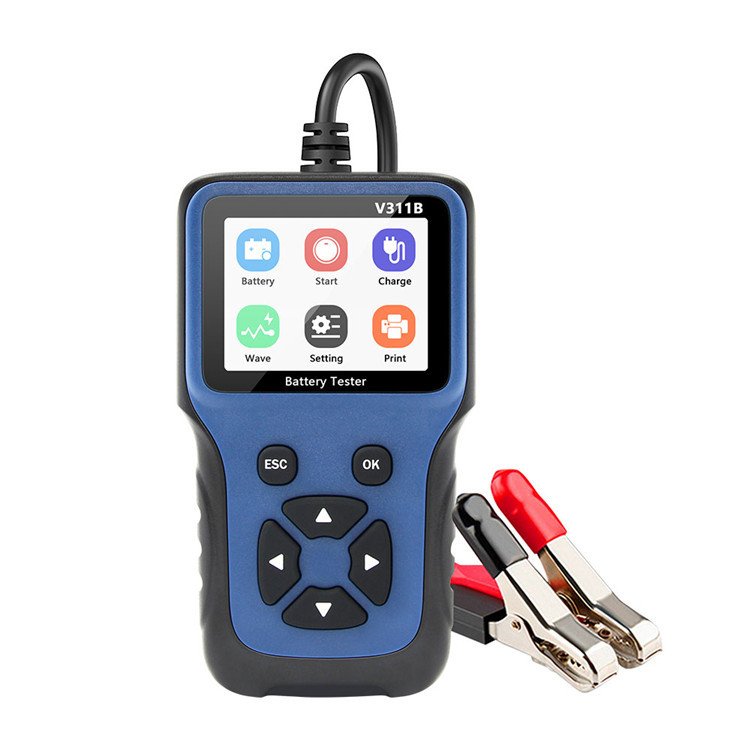

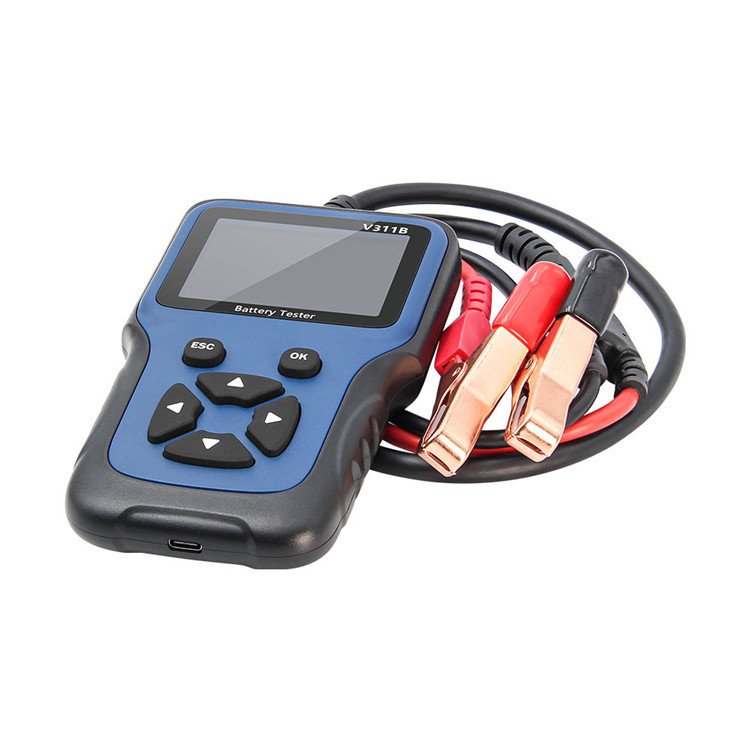








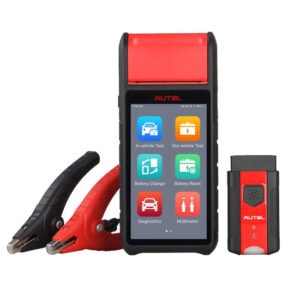
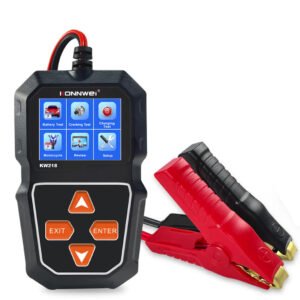
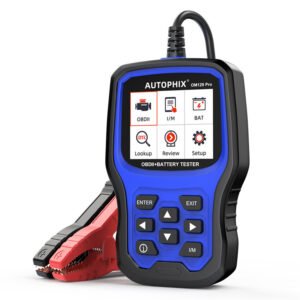
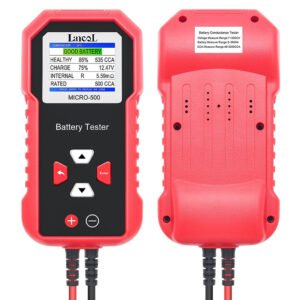


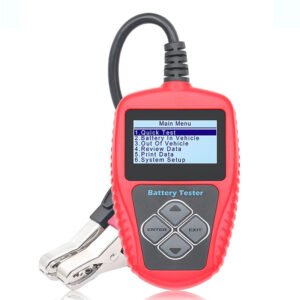
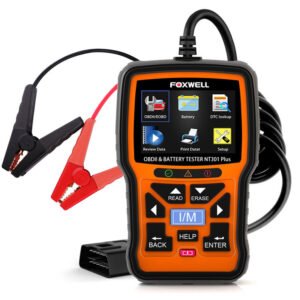
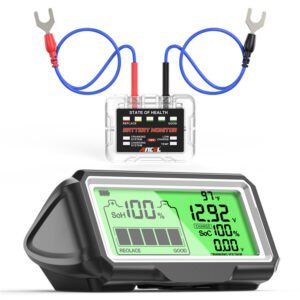
There are no reviews yet.